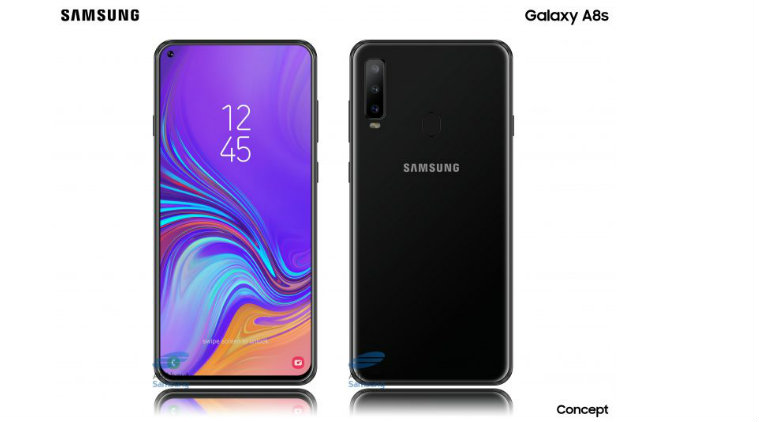This camera setup will give users an option to combine images from all the sensors and different perspectives to capture a motion image.
Smartphone makers across the globe seem to fix as many camera sensors as possible on the back of their devices. This is both in the quest to make the quality of the images better with the help of data taken from multiple sensors and also for simple bragging rights. According to a new patent, LG Electronics may be working on a smartphone with 16 camera sensors on the back of the device. This approach is similar to the Light L16 camera smartphone that Light launched earlier this year. Revisiting the L16, the company packed 16 camera sensors in smartphone-sized modules with varying focal lengths on the back of the device.
The key difference between the patent and the Light L16 is that the camera sensors will be aligned and added in a grid matrix. In Light L16, the sensors were scattered across the back of the device. The patent was initially spotted by Lets Go Digital which set the context by adding that LG was one of the first companies to launch a device with dual camera setup back in 2011. The company was also the first to add a “wide-angle” lens on the back. This report coincides with rumors about the Nokia 9 PureView with its five-camera setup on the back of the device.
Watch: LG G7+ ThinQ First Look
According to the report, LG got the patent from United States Patent and Trademark Office (USPTO) on November 20. The device that the company is working on seems to be a “mobile terminal” where the lenses of the 16 camera sensors have been placed at a particular curvature so that different lenses and corresponding sensors can capture images at different perspectives.

Image credit: USPTO via LetsGoDigital. Colored for clarity.
This will give users an option to choose a certain perspective, shoot using all sensors and then later choose from the set of images, or even combine images from all the perspective to capture a moving image. LG may also offer the functionality for users to cut part of the image and then replace it with an image taken from a different perspective. The software may also allow users to change the perspective of any part from the image, for example, the head of the subject or a position of an object in the frame, to the perspective of their liking. patent also indicated that the perspective will also allow the device to run a facial recognition search from its database. This gives the possibility of grouping people according to their faces in the smartphone gallery. The back will also come with a mirror so users can use it to compose high-quality selfies from the back camera. The device will come with the front camera for video calling and selfies with smaller file size. This setup can able be added to a flip or foldable smartphone. Last but not least, the patent also indicated the possibility of adding a display or touchpad on the back.




